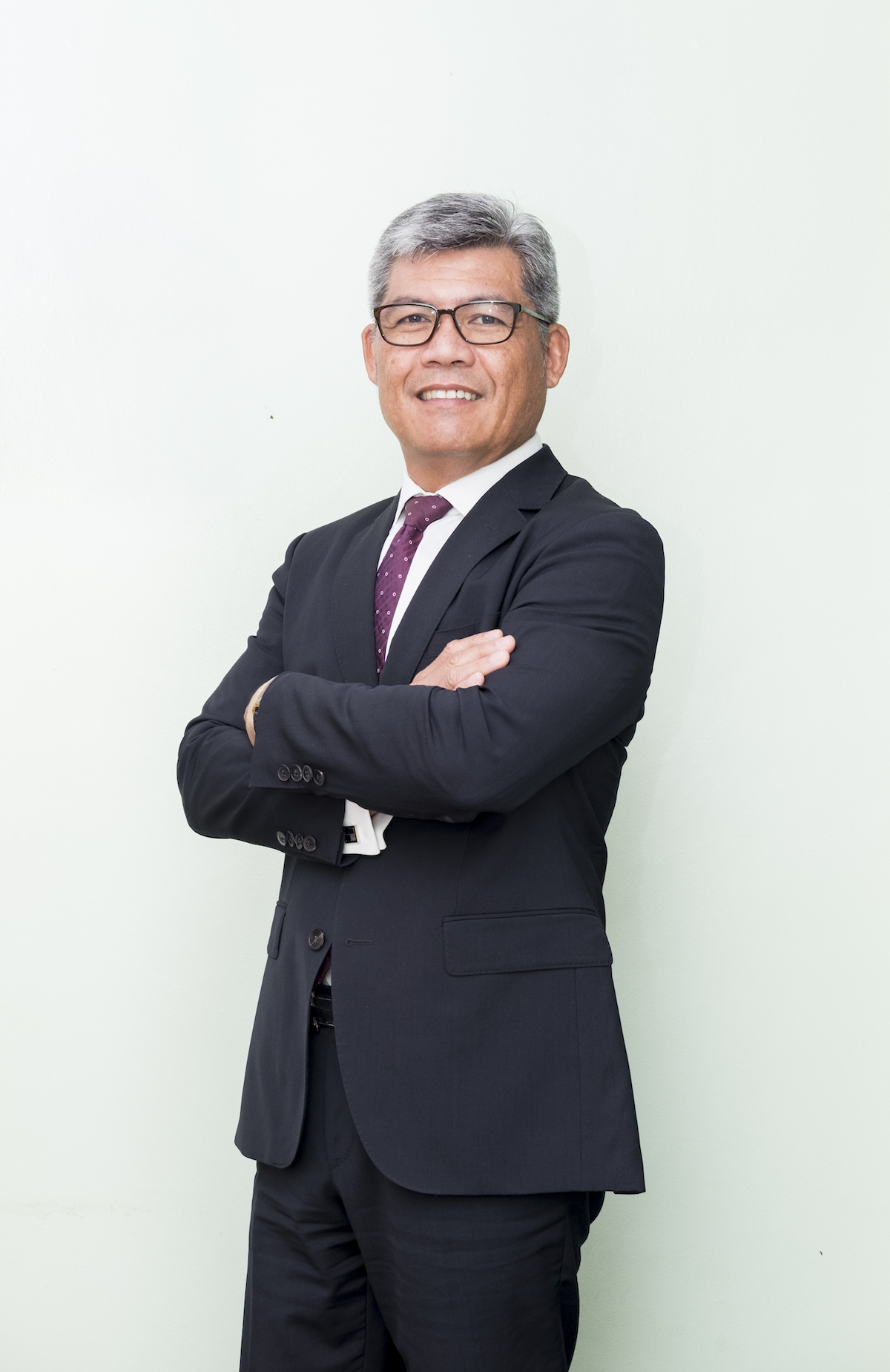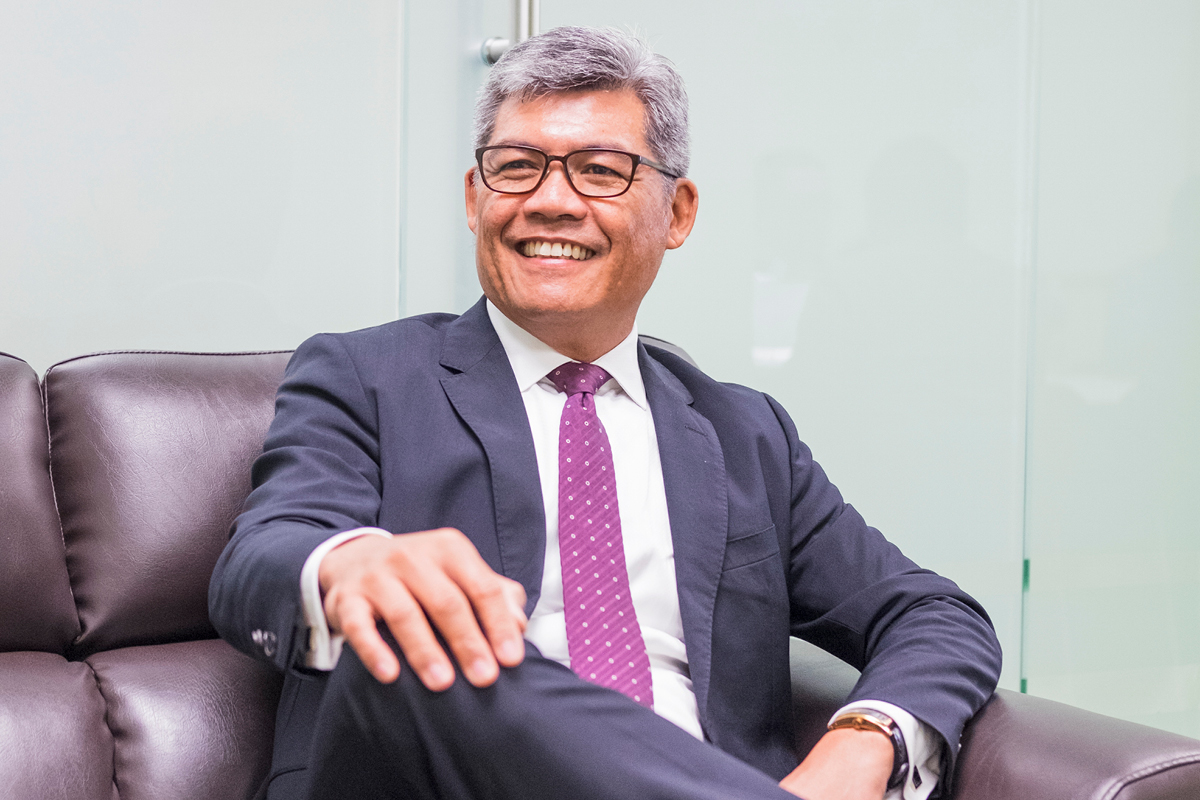In November 2017, Uber commissioned a report into what has become a visible and urgent problem in Asia: traffic congestion. The study found that commuters in Manila spent an average of 66 minutes stuck in traffic each day, making it the third most congested city in South East Asia, after Bangkok (72 minutes) and Jakarta (68 minutes).
One reason is the economic boom – the Philippines is now among the fastest-growing economies in Asia, which means more Filipinos are able to buy cars. Low inflation, low interest rates, and easy access to credit have also enabled the domestic automotive industry to increase sales by more than
25% in 2017.
A transport solution for the people of Manila
It’s a problem that most Filipinos fear will only get worse, but thankfully the government has decided to do something about it by building a better rail network.
Ferdinand Inacay is the CEO at MRAIL, a company poised to capitalise on bringing this much-needed transport solution for the people of Manila.
“In the Philippines, rail transport is still in its infancy, but it is what the country needs,” says Ferdinand. “Manila is an ever-growing city with a population of around 22 million people. We do have a mass transit system, but it is very small compared with the number of commuters.

When I came into the role of CEO at MRAIL, I could see that there was a gap for a rail technology company in the Philippines. There are a lot of good contractors, but none that are technically capable of supporting the rail industry as a whole. That’s where I see a place for MRAIL. How? By looking for partnerships with other operators already in the rail industry and in the global market.”
Ferdinand has been exploring technical partnerships and joint ventures, bringing international expertise to MRAIL to equip and train its staff to be able to fulfil the city’s transport needs. He also sends team members to seminars and conventions overseas, to Singapore and Hong Kong for example, to see what is being done there and whether it can be implemented at home.
It will remove the need for hundreds of trucks to clog the roads transporting these containers every day.
“Our rail system is only 70 kilometres long, so there is a need to develop these new railways,” he says. “The government is looking at implementing more mass transit and commuter systems to decrease congestion. In fact, it has reached out to a company in Japan to come and build a subway in Manila. Both MRAIL and I are extremely supportive of this move and we are also looking at other ways we can help to ease the traffic congestion.
“We have put forward a proposal for a rail network that will take shipping containers from the port of Manila to an inland container terminal in Laguna. When that is operational, it will remove the need for hundreds of trucks to clog the roads transporting these containers every day.” Similar to a toll road operation, MRAIL
will own the trains and pay the government for the usage of its tracks.
A golden age of infrastructure
Ferdinand is proud to be able to bring international railway standards and technology to the Philippines, and is heartened by the fact that the Duterte government has committed so much money to rebuild the country’s flailing infrastructure.
Duterte has promised to usher in a “golden age of infrastructure” by raising annual spending to 7% of GDP from less than 3% previously, and above the 5% average of neighbouring countries. It is a strong commitment, but many in the country are sceptical that he can pull off all the projects that he has greenlit.
“One of the biggest challenges we encounter is the bureaucratic decision-making process. Our shareholders are always looking for results and, sometimes in the rail sector the results come after a long development and execution. In the Philippines, project rollouts are managed by the government.
It is the government that runs, operates and organises all our rail infrastructure projects. Basically, it’s a case of ‘it won’t happen overnight, but it will happen’.”
Thankfully, MRAIL’s shareholders are all well-versed in business and have the patience required for a long-term view. “It’s a help that the major shareholders of MRAIL are also members of the top 100 corporations in the Philippines, and are well-known service and utility providers,” Ferdinand says.
“The people at MRAIL are a passionate lot and they are well trained to undertake technical jobs,” he adds. “But what differentiates MRAIL from other local players are our organisational efficiencies. The government is very much part of our organisational culture.”
Ferdinand says he unwinds by going for a run in the streets of Manila. He insists it keeps him healthy and he loves the time to think. Perhaps Ferdinand’s dreams of a Manila free from traffic were born during a Sunday run, for on Sundays the streets of his neighbourhood are designated car-free.
In the years to come, as the rail network grows, the people of Manila will be thankful for those Sunday runs and the way they helped Ferdinand as CEO of MRAIL.



